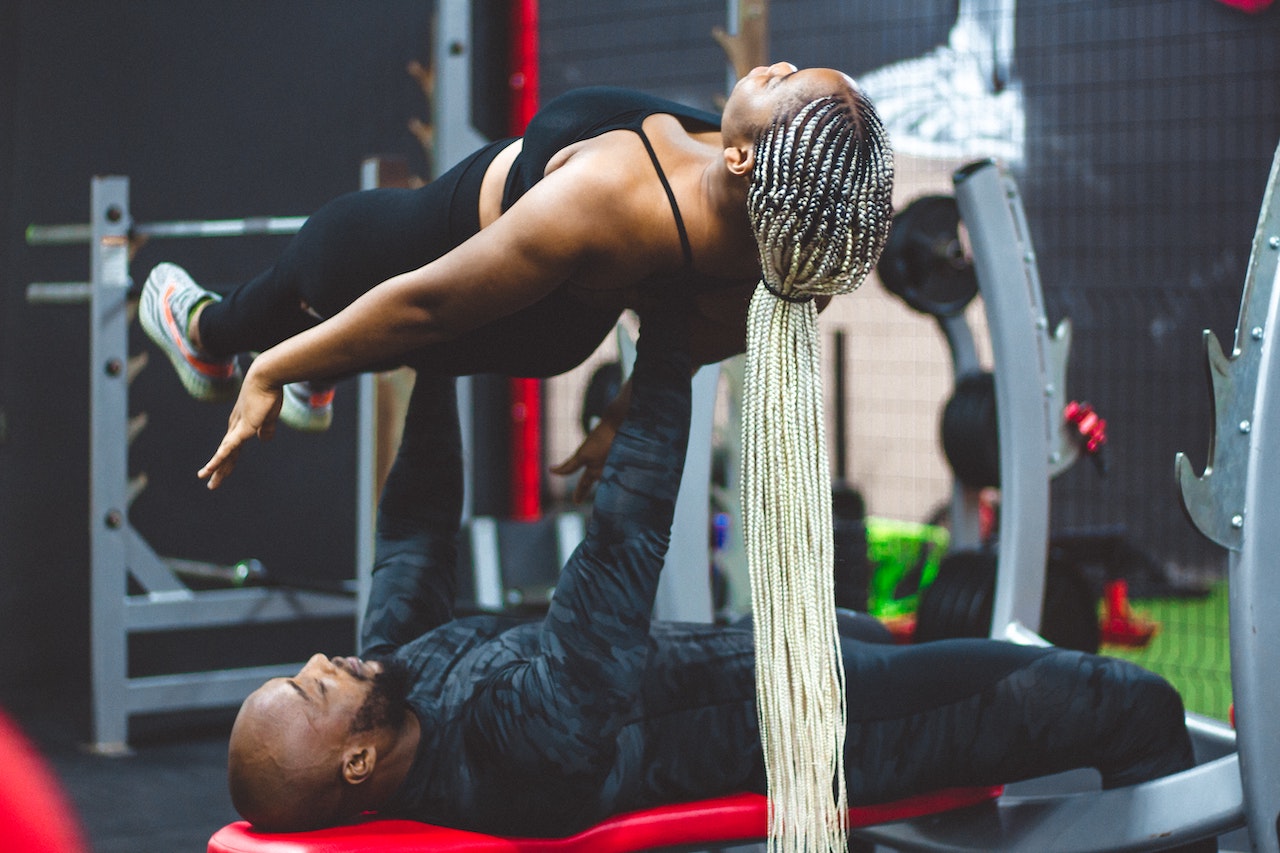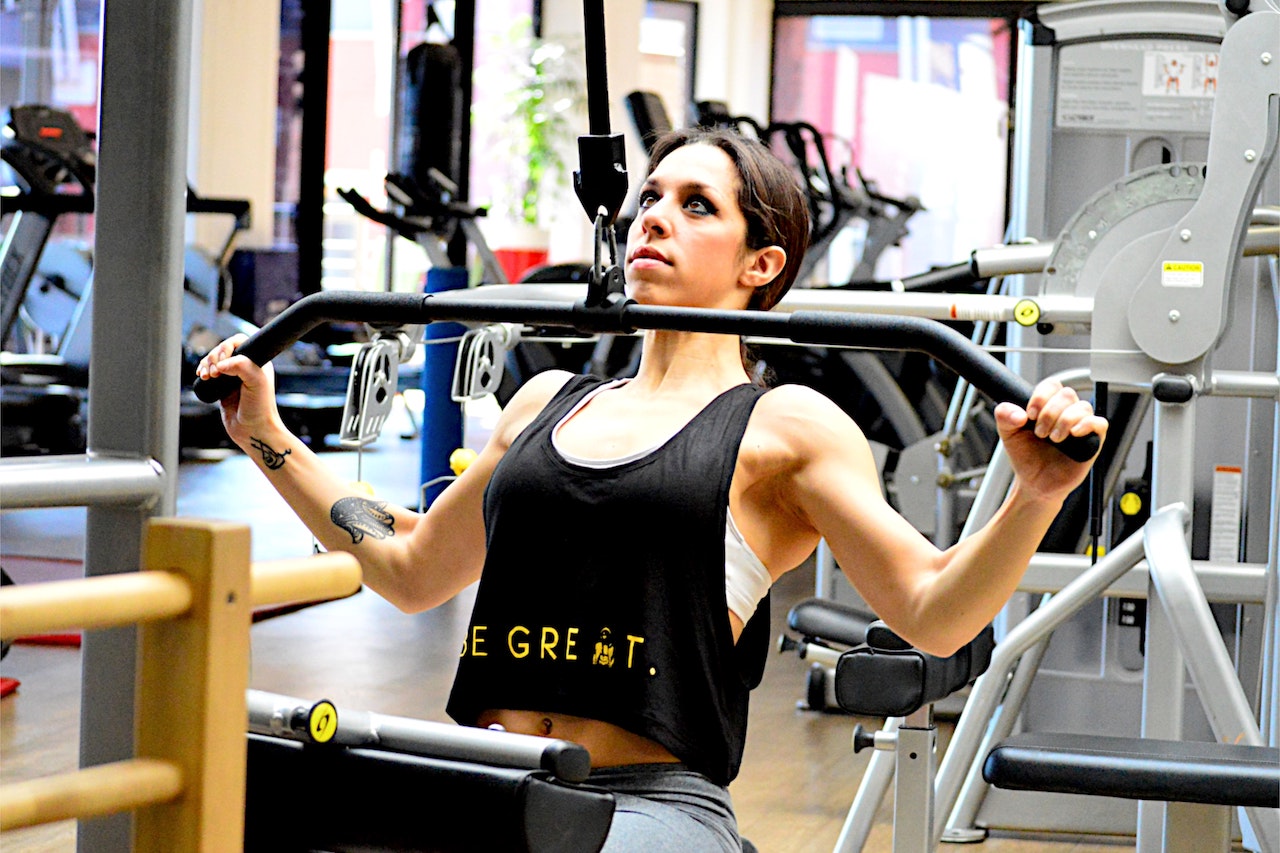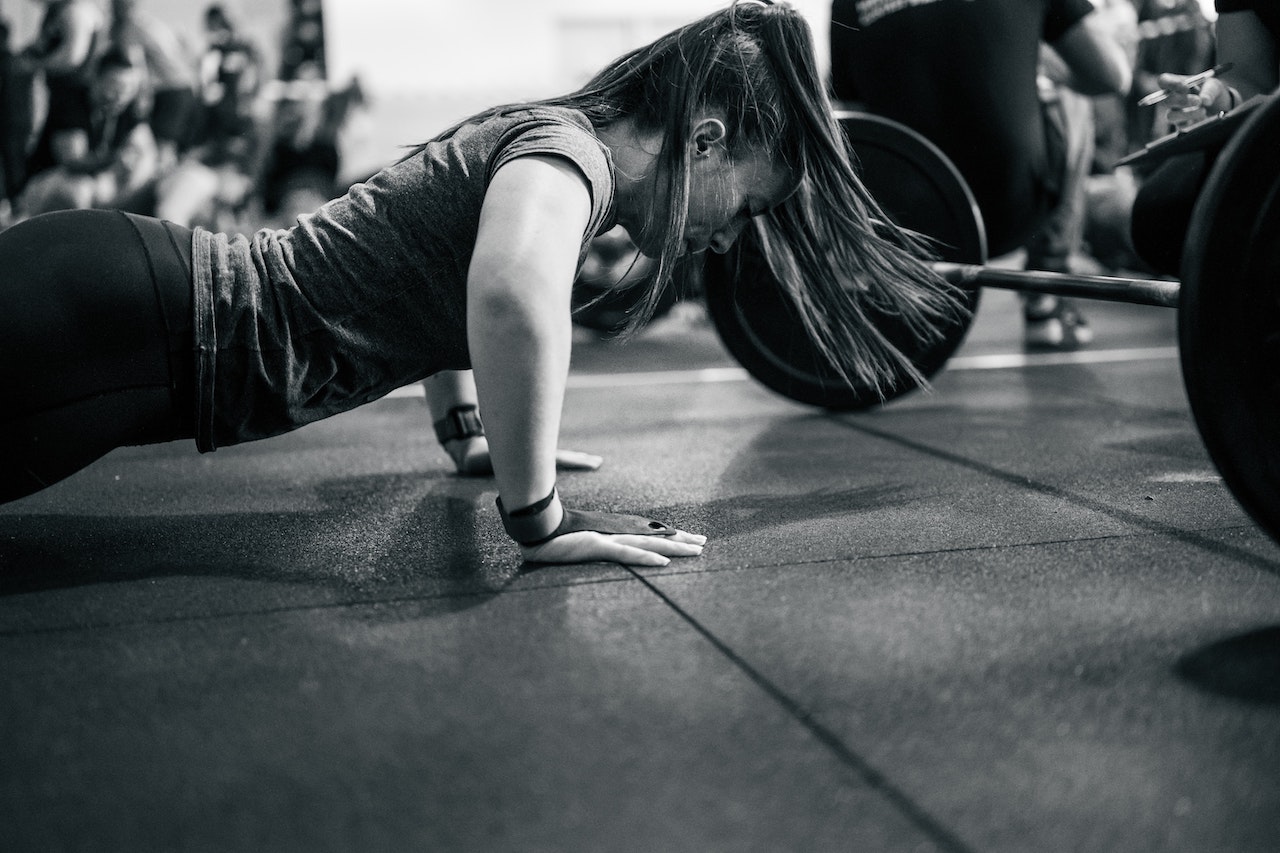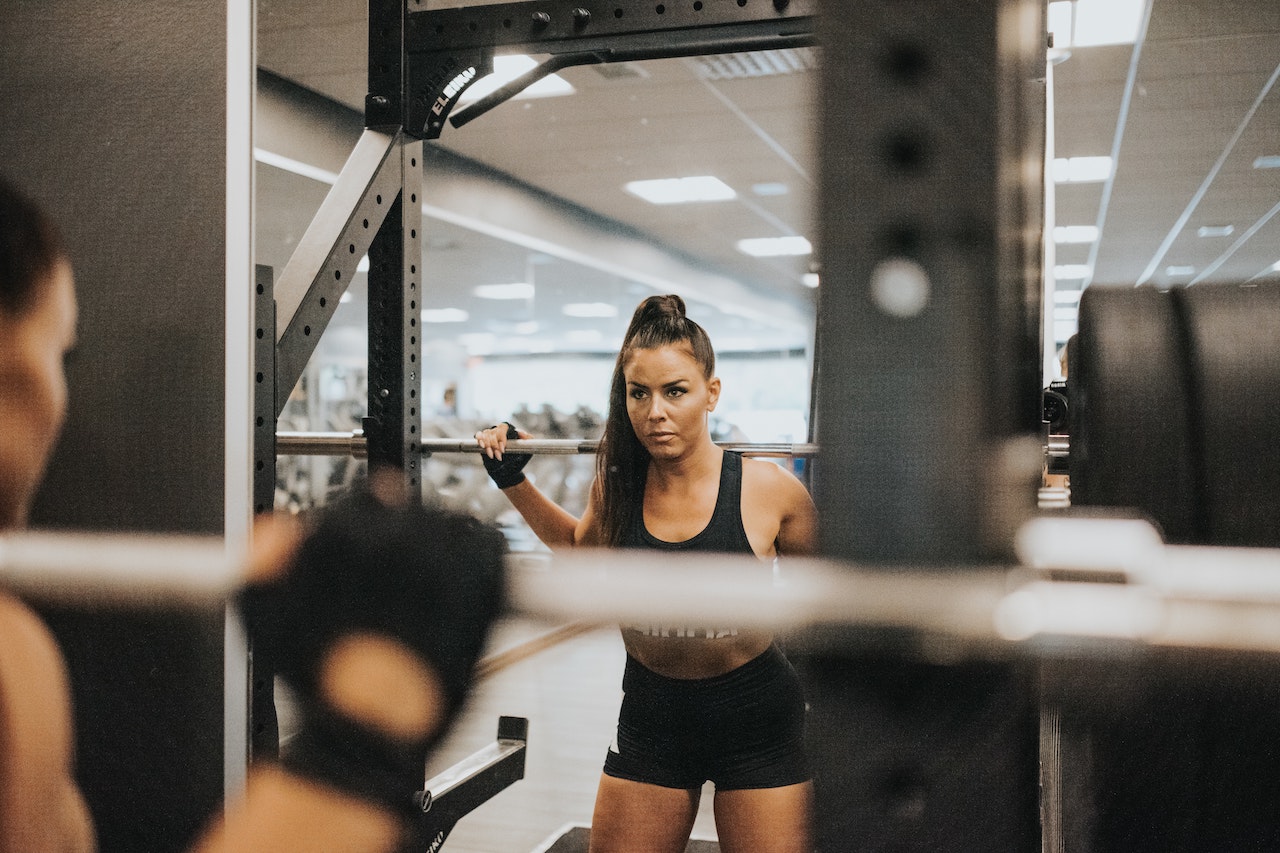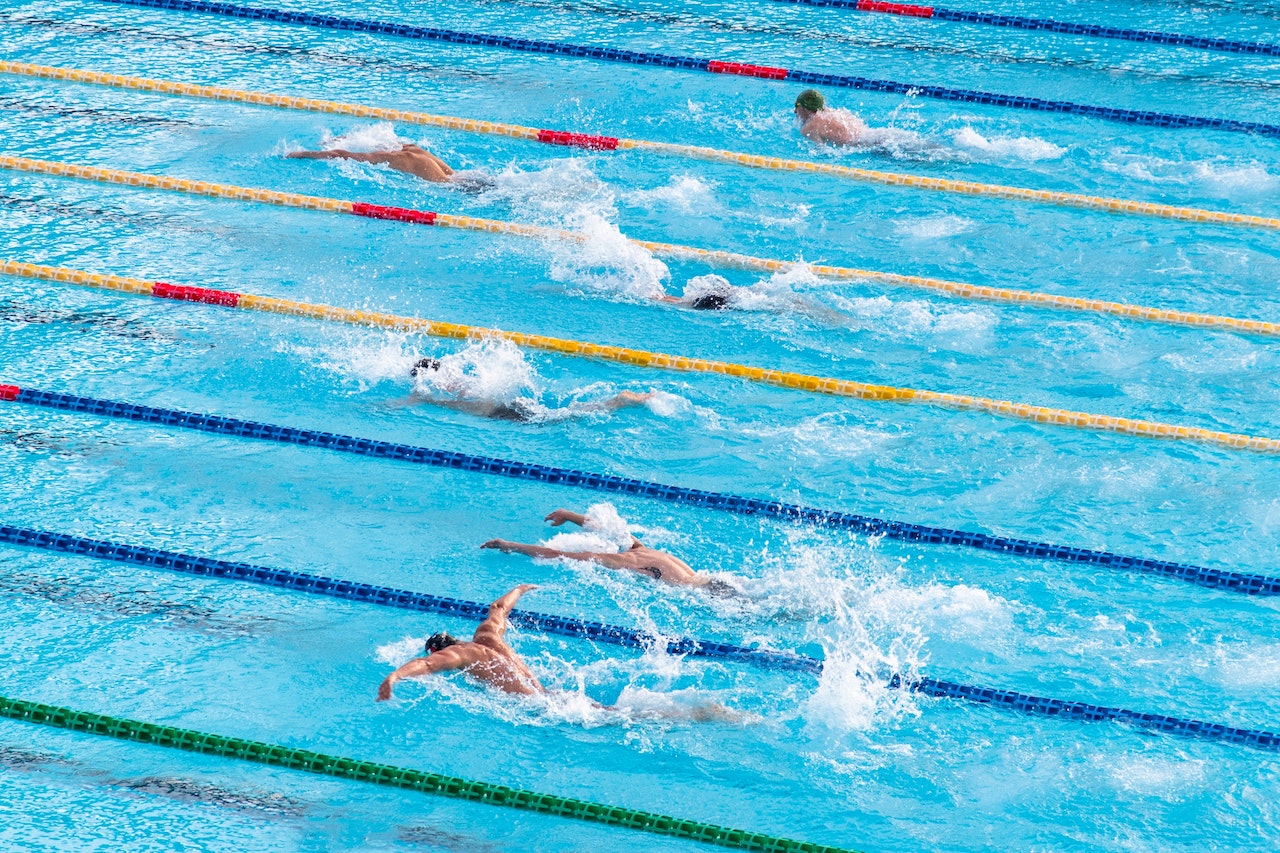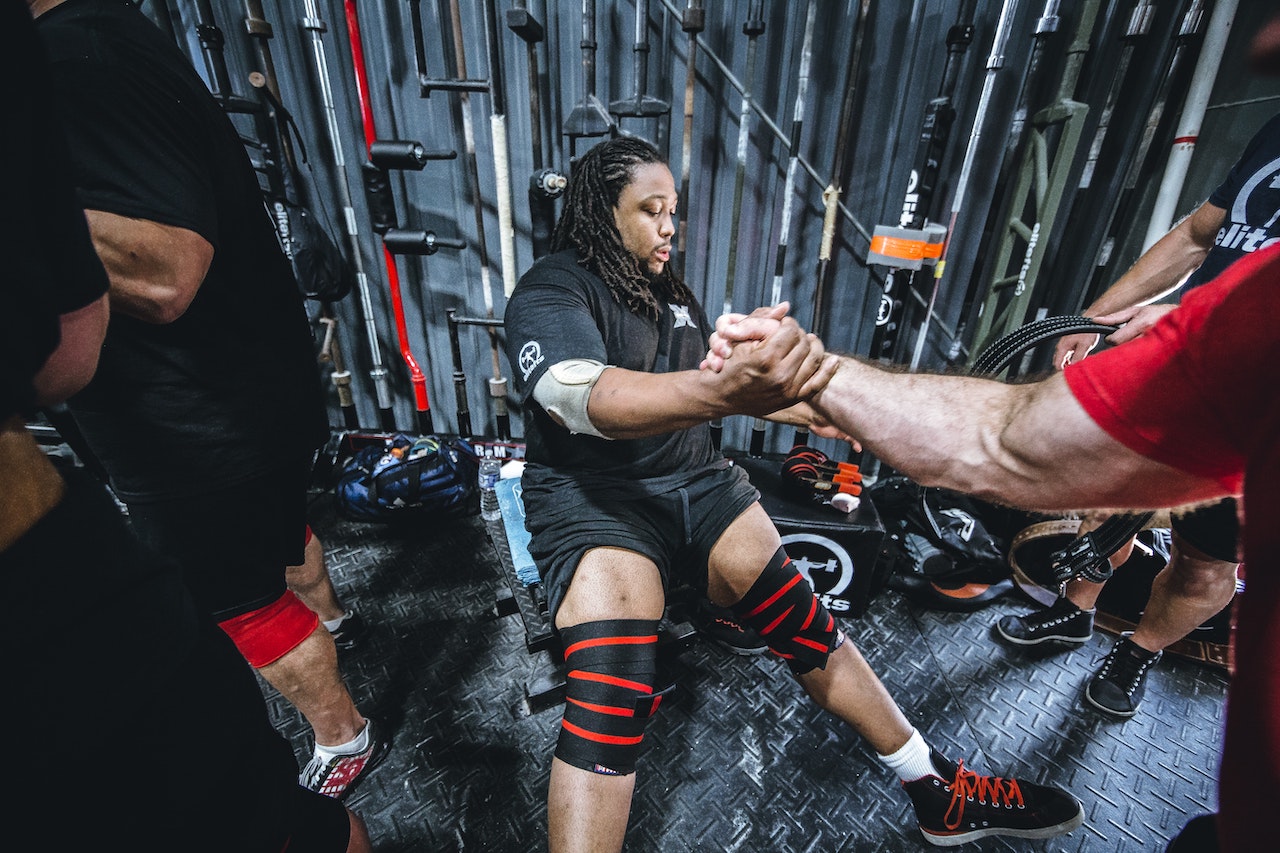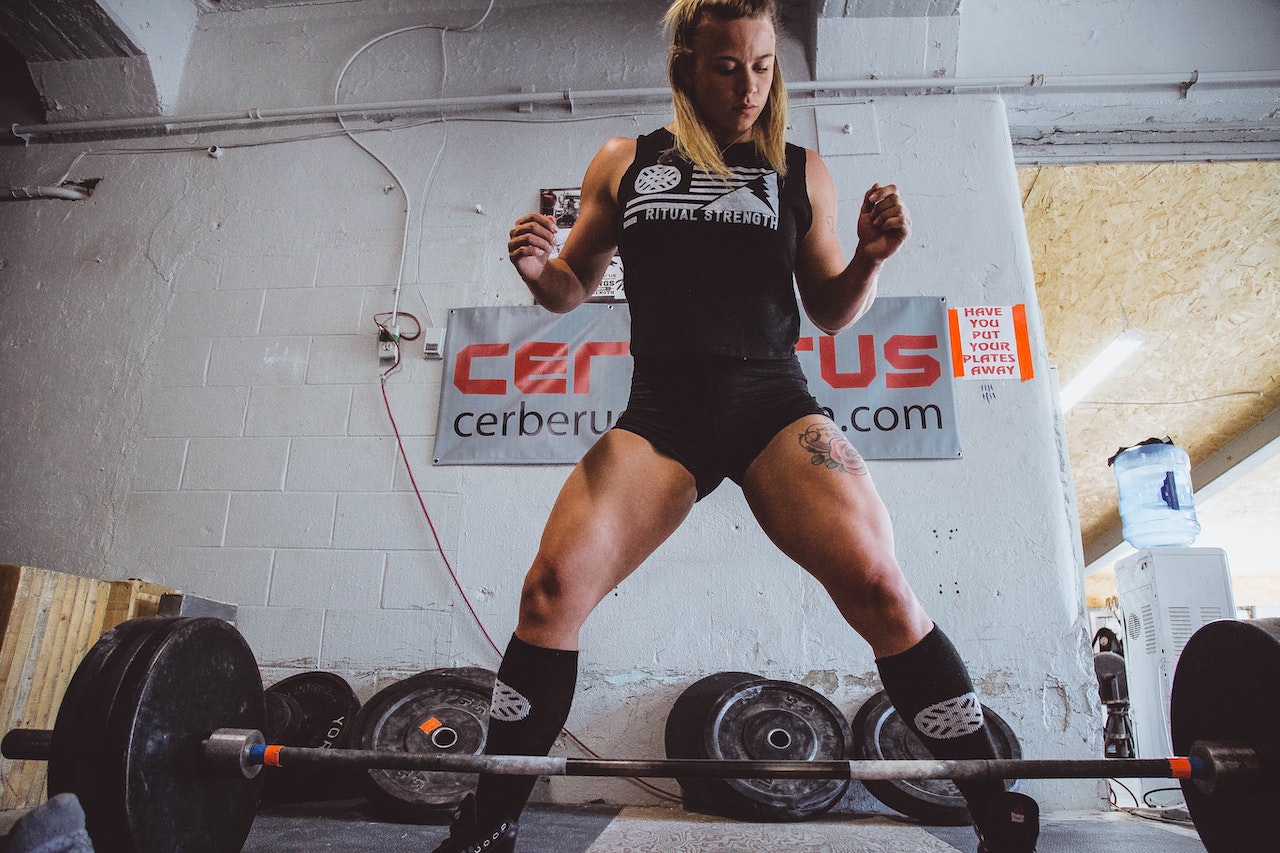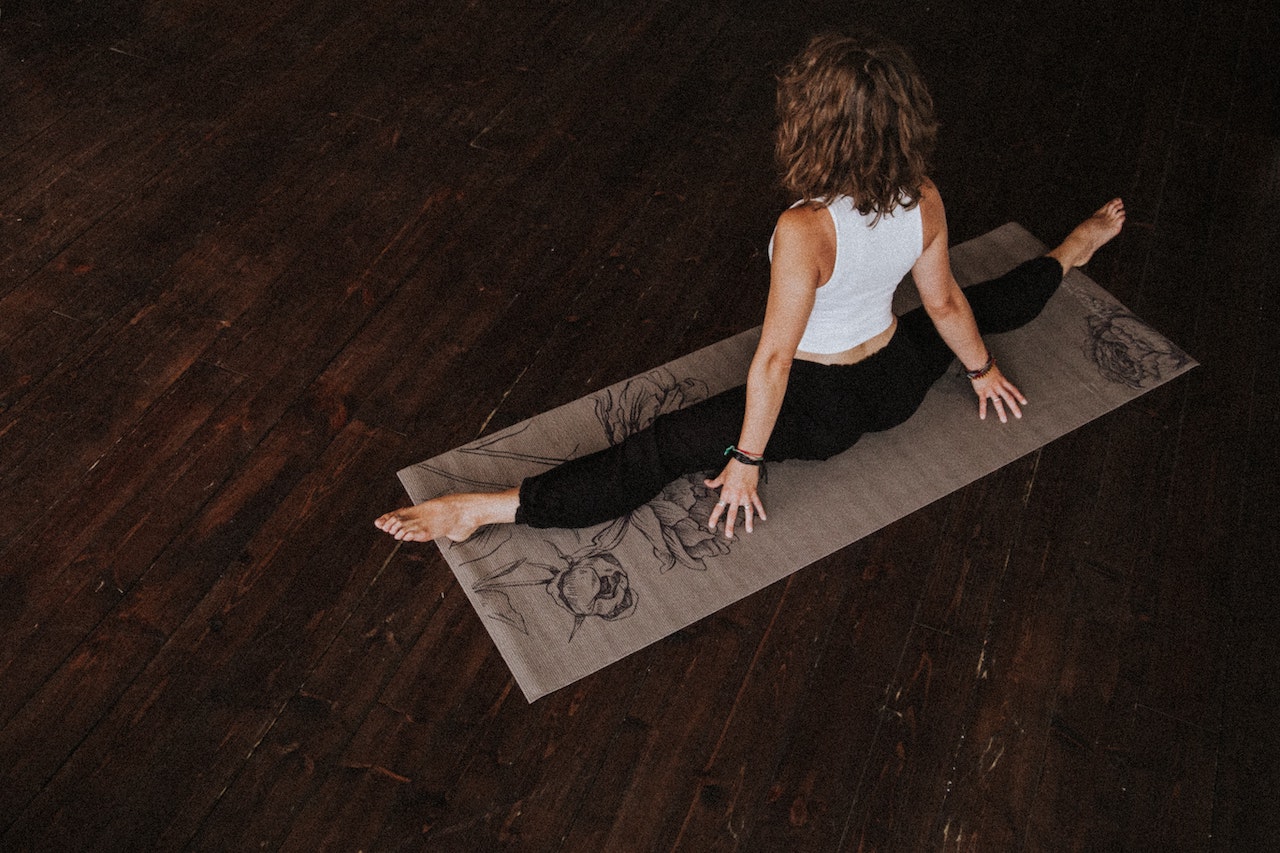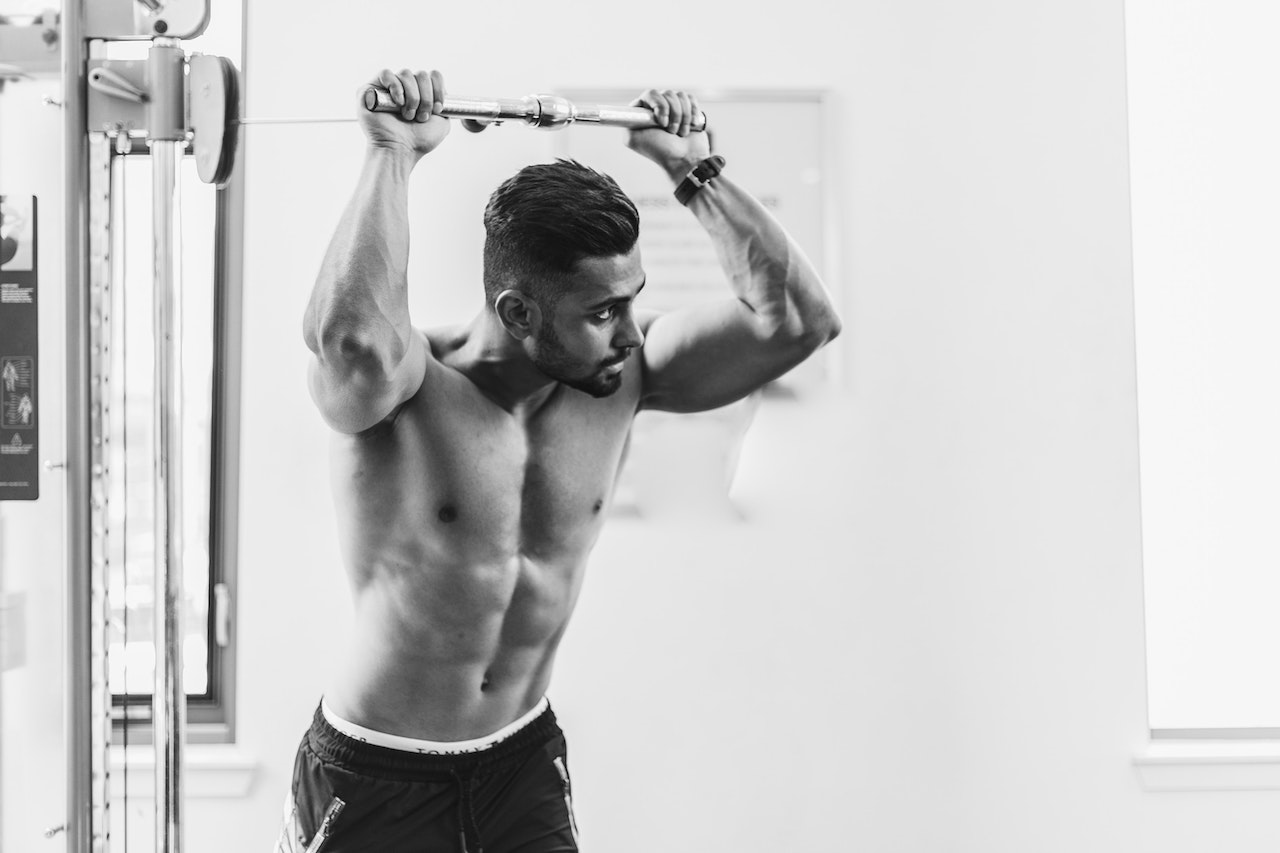is free weights or fixed equipment better? You must think how can we ask such a superficial question!
Although your heart says that free weights are better, you know that there are no absolutes in everything. As we always say in our dry routine, we must say that each has its own advantages! Of course if you really think that, we're glad, because you've fallen for the trap again.
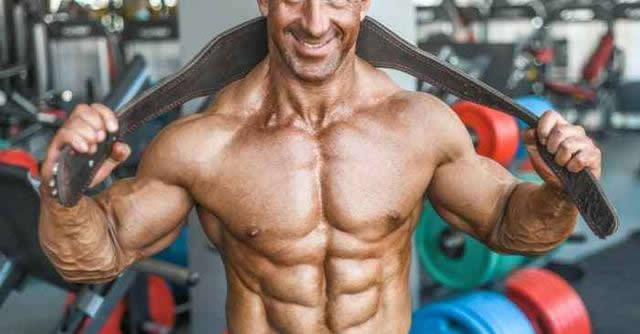
Today we will be looking a little deeper into fixed and free machines, but not from a simple point of who is better and who is worse, that would be pointless, but ultimately down to the training goals to discuss.
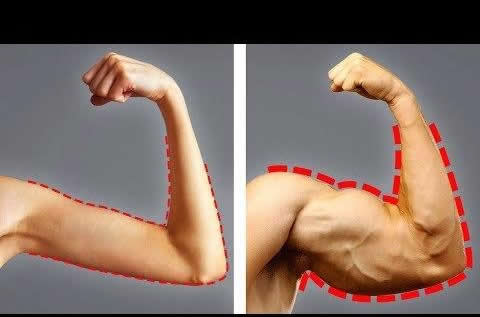
fixed equipment has its unparalleled advantage of stimulating the muscles in isolation with the equipment, depending on the equipment used it is possible to train the muscle or muscle group without having to think about balance or other elements of the body, allowing the full focus to be on the muscle rather than doing the movement.
Free weight movements will almost always train a large part of the body or require more muscles to support and stabilise. They are usually more explosive, much like doing lifts in competition, such as squats or hard pulls. In this case, leg lifts cannot be compared and free weight movements are more flexible, with almost every lower body free weight movement being directly applicable to any particular training programme.
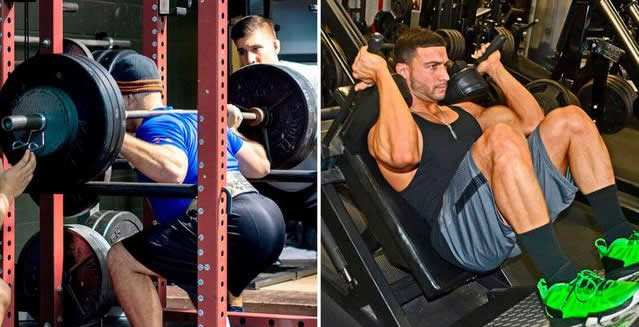
the seemingly perfect free training movements are not really friendly to newbies and partners without a partner. First of all there is the fear that many people feel when they first walk into a real gym and enter the free weight training area for the first time. Even today's well-equipped modern gyms can't make anyone feel better about the free weight area. Some of the guys still get overwhelmed by the sight of all those barbells and barbell plates.
Whereas machines like leg lifts are much easier to train on and using stationary equipment, even extreme weights can be done and felt.
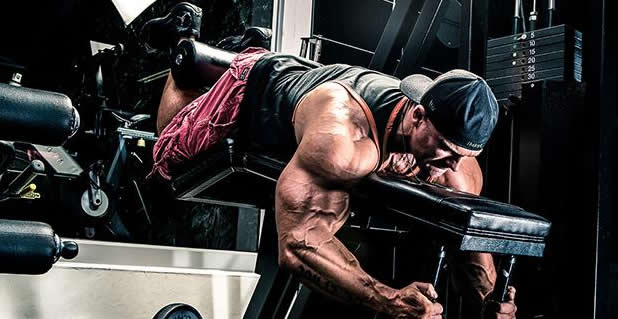
secondly, the biggest disadvantage of free weights is that they offer a vertical downward direction of resistance and it takes more time to use them as free weights are not as easy to adjust as machines. In addition, even training with them requires a partner and a greater knowledge of exercise mechanics.
The last point is probably the most important one, using free weights is more prone to injury than training with machines. This last point is directly related to the correct form of movement that the trainer has mastered, many white people overestimate their proprioceptive and understanding abilities.
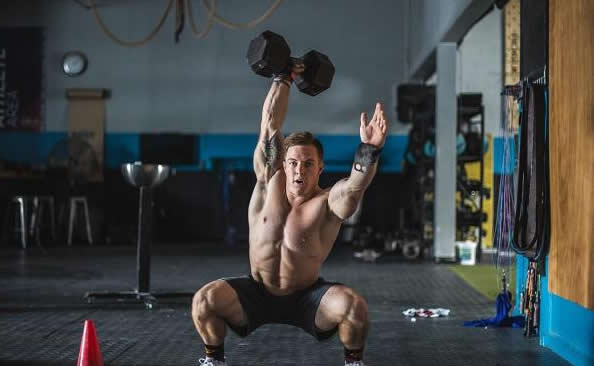
many people who have seen many training videos or tutorials will try them out, not realising that they are just copying a 'look' and not grasping the deeper science of the movement. The end result is predictable and injuries are inevitable.
The advantage of machines is that they are not intimidating to the novice, and many offer resistance in multiple directions, which is great for building muscle. Also, using the machines allows for quick changes in the amount of resistance, and things like decreasing sets and circuit sets can be done very smoothly.
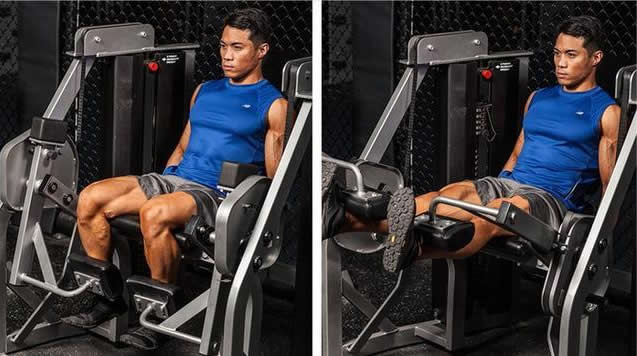
there is a downside to machines; they isolate certain muscles rather than the overall muscle group, although there are exceptions, such as push-ups. In addition, they do not take on explosive training very well, which is the basis of most athletic training.
Because the machines do not simulate true athletic conditions, they are limited to functional training. Finally, machines also do not stimulate the complex muscle activation patterns that free weights do, which is another shortcoming of machines and functional or sport-specific training. Of course discussing these issues becomes pointless if it is not based on your own goals.
Your main concern is to build muscle, so the answer is much simpler. Free weights can add more muscle, while machines can add more muscle in specific areas. Here, let's take leg training as an example.
Based on the discussion above, deep squats stimulate more muscles than leg curls. The deep squat effectively works the quads, gluteus maximus and hamstrings, and has to mobilise more muscles to support the barbell and keep the body balanced throughout the movement.
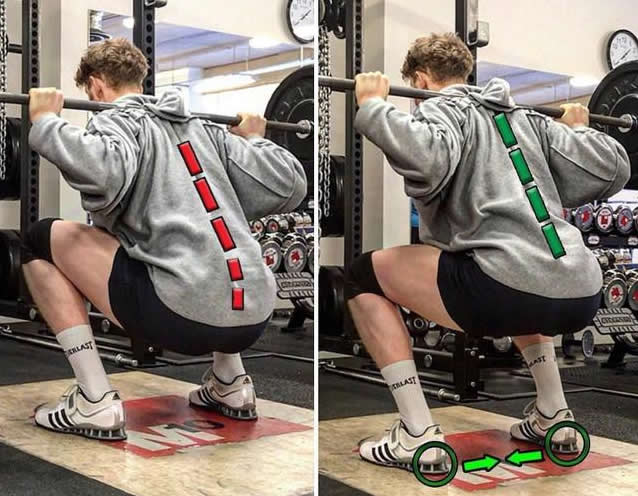
leg flexors, on the other hand, can only work the quadriceps. Free weights have an advantage, however, if you are more interested in stimulating more quads, then leg flexion is good advice in providing the same intensity.
Machine movements build muscle more effectively because the machines put all the emphasis on the muscle being worked to its potential, thus not compromising the power generation by having muscle exhaustion.
A quick question: How many people can name three common free weight movements that train the calves?
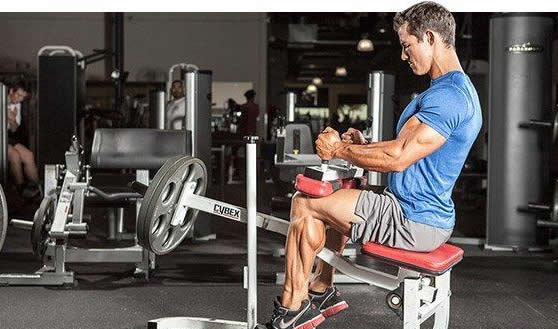
the barbell heel lift can barely count as one. Our view of the calf is that many professional bodybuilders build very well-developed calf muscles using only the apparatus. Specifically, there are two apparatuses: The standing heel lift and the seated heel lift. This means that if you want to train a specific muscle, you don't even need much movement, just the apparatus, not even free weights.
The choice is yours. What is the training goal you want to achieve? What level of strength training are you at? Are you looking to build overall muscle or individual muscles? Either way, you should incorporate a moderate amount of free weight movements to maintain normal body function and train the desired muscles, but you may choose to focus on using some equipment to improve certain areas that need more training.
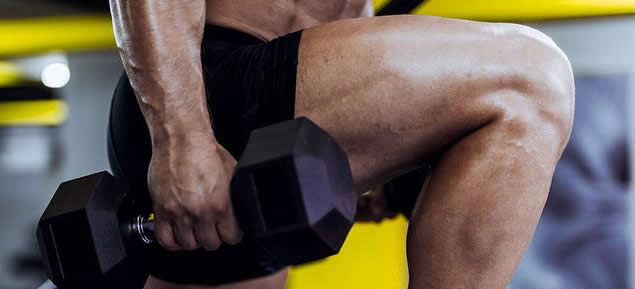
a little tip, scheduling your equipment training before your free weight training will both deepen the connection between the muscles that need free training and the muscles that need isolation training, and will allow the muscles to warm up and facilitate greater results in free weight movements.

